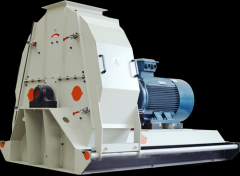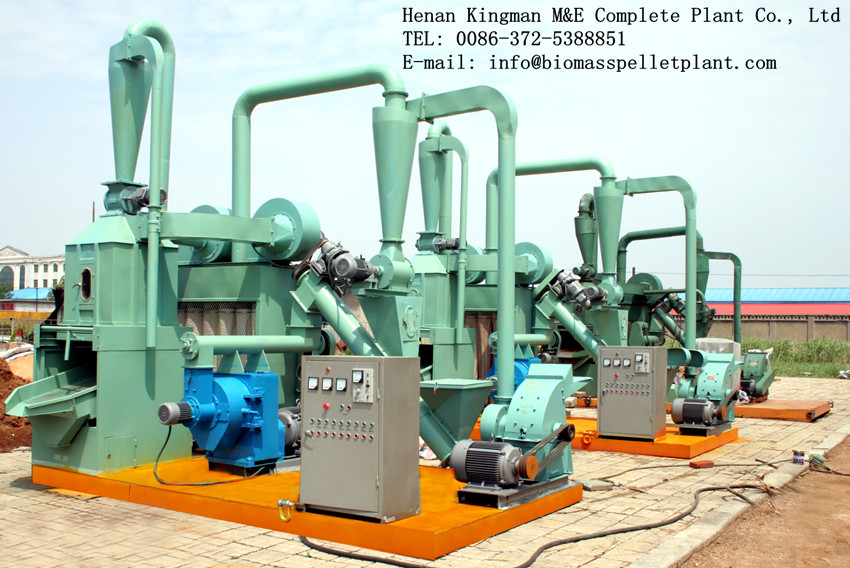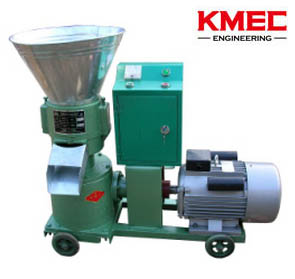The US tops the global pellet capacity
We have ushered in the new year of 2014. However, we will be gleefully stunned by the 2011 report on pellet production across the US released by the International Energy Agency's BioEnergy Task 40 which has taken a worldwide overview of biomass pellet fuel serving in transportation and industrial sectors.
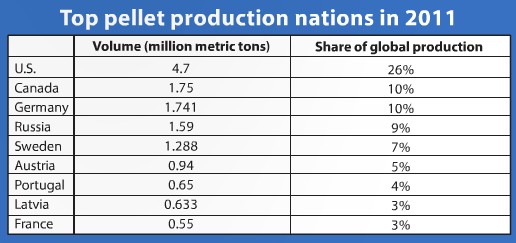
The survey says trade volume of biomass pellet fuel had been soaring increasingly and the worldwide biomass pellet production was estimated around 35 million metric tons just in the single year of 2011. Most pellet production was put across the the regions such as North America and Europe. Within the article, several countries were honored in the shortlist, namely, the US, Canada, Germany, Russia and Sweden, the largest production yield makers in 2011, with America as the home to two of the biggest biomass pellet fuel producers, Georgia Biomass and Green Circle. Other worldwide largest producers of pellets also include the Russian Vyborgskay Cellose, Norway-based Biowood and Canadian Pinnacle Pellet. The above are the top five of their kind in 2011 baed upon the statistics.
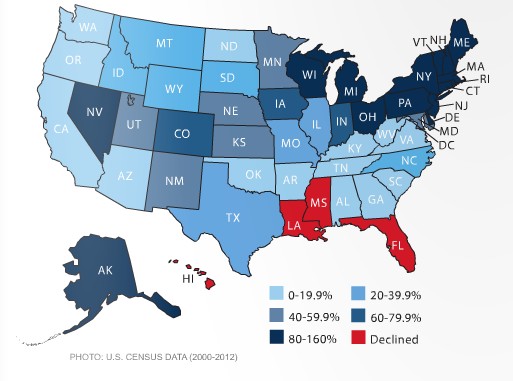
We hereby take the US as example due to the relatively extensive use of pellets all over America. According to the data of a census made in 2012, the amount of biomass pellets used Americans hit a new high, an increase of 34 percent, faster than any other heating fuel. More than 21 percent of Americans take pellet fuel as their primary option. In the wake of decline in fossil fuel use due to the skyrocketing prices and air pollutions, demands for pellets fuel in the US are on the rise as well besides other developed countries.
---------------------------------------------------------------------------------------------------------------------------------------------------------
News
- Small Pellet Machine Manufacturer-Kingman
- Application of Wood Pellets and Use of Biomass Pellets
- From Fossil Fuel into Biomass Pellet Fuel
- Biomass Pellet Making Machines Market
- Applying of pellet stoves for home use
- Highland pellets to build $130 million facility in arkansas
- How to deal with the blocked hammer mill
- How to Make Wood Pellets with Sawdust
- The government policy promotes the development of biomass fuel
- Market analysis of biomass pellet fuel
- Strategic positioning of renewable energy
- Biomass energy has pass through the pre assessment
- The key point of deep processing of biomass pellet
- Harbin is promoting the development of biomass machinery
- The development of biomass formation technology I
- The development of biomass formation technology II
- Biomass energy industry is now going full tilt in 2015
- Rapid increasing demand of sawdust pellet on the market
- Pellet fuel market in EU
- Chinese Biomass Energy Conference held in Beijing
- Future market development of straw pellet mill
- Peanut Shell Pellet Mill Makes High Quality Pellets
- The utilization of straw is only 5%, biomass energy needs our attention!
- Corn straw pellet machine relieves the tight supply of fuel energy
- Reasons for loose or not forming of biomass pellet mill


